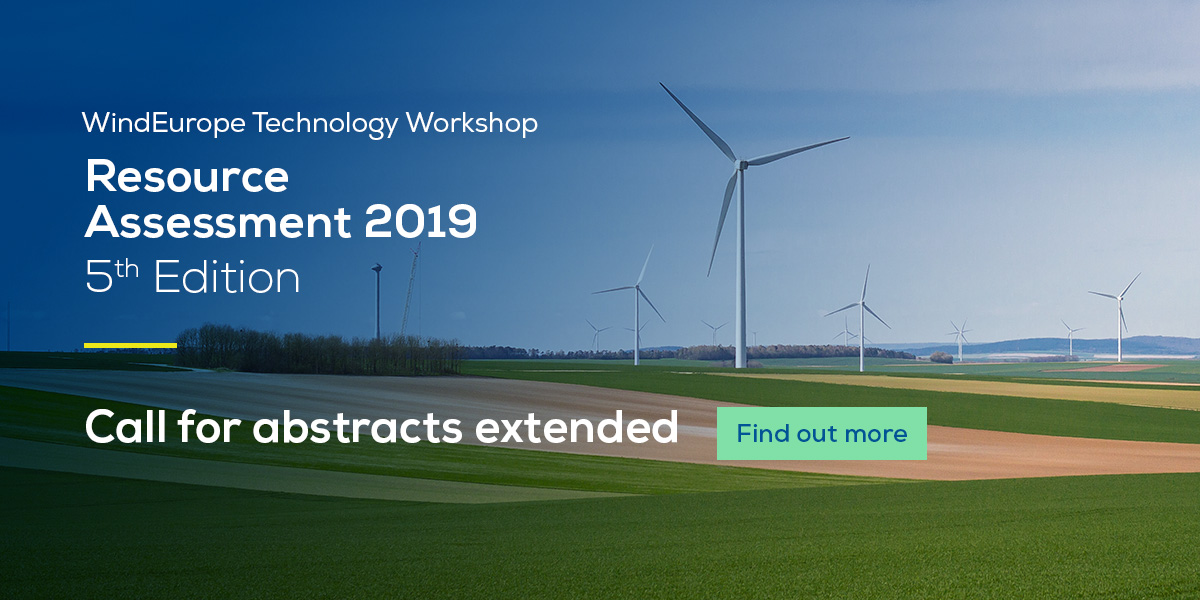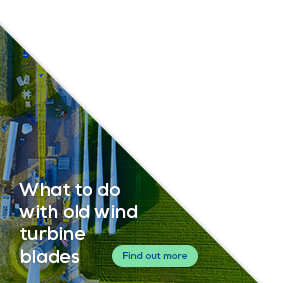WindEurope Bulletin
WindEurope Bulletin January 2019
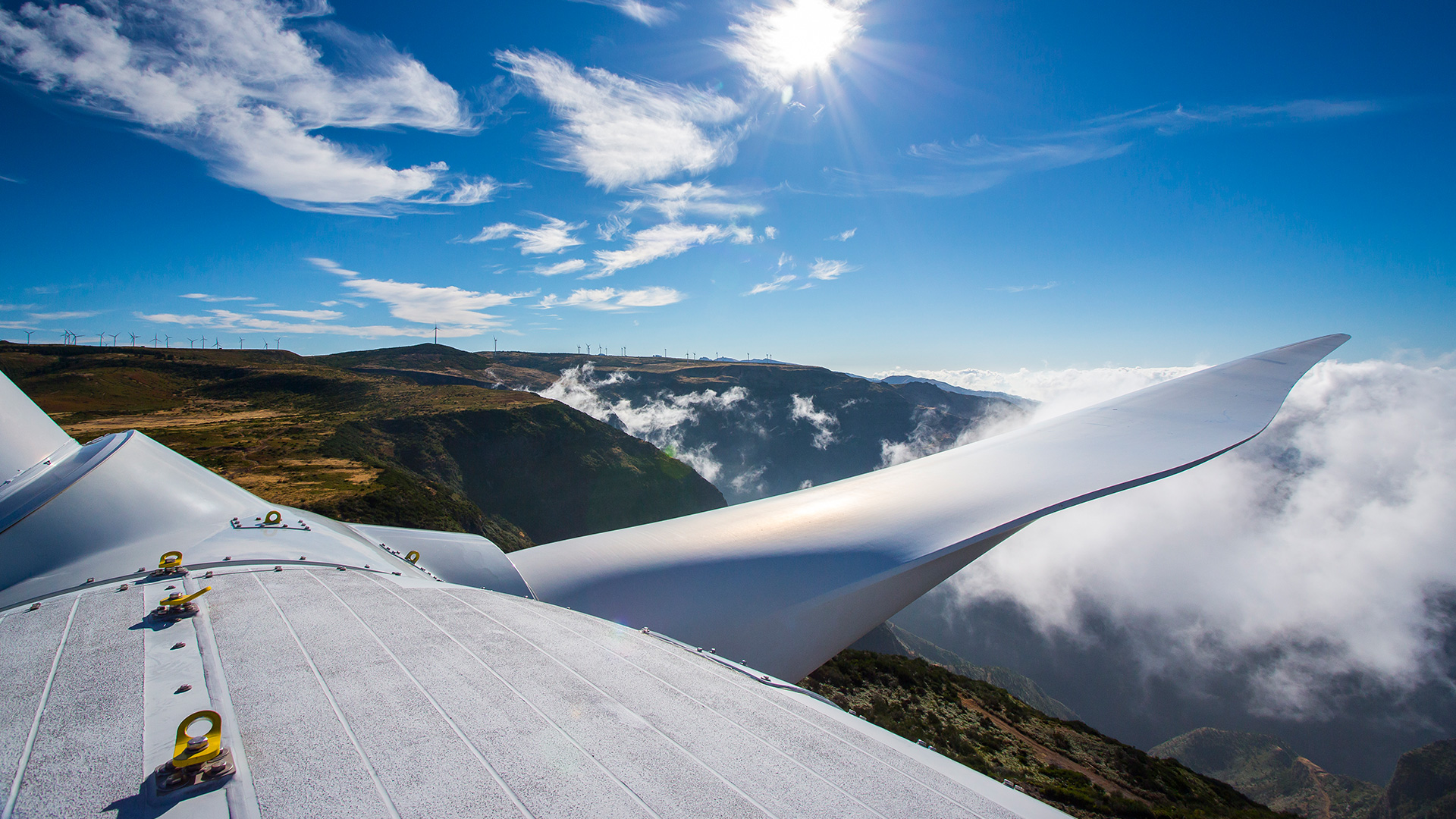
9 January 2019
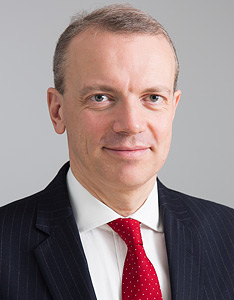
Giles Dickson
CEO Foreword
Dear WindEurope Member,
Can I begin by wishing you the very best for the New Year. I hope you had a good break.
Our Chairman Ivor Catto wrote to you earlier this week to send you the WindEurope Work Programme for 2019. Among our extensive goals this year, he highlighted 3 must-win priorities:
- The National Energy and Climate Plans, which define our markets for the next 10 years;
- Permitting, which getting harder in most countries; and
- Communicating the economic and community benefits of wind, not least in a year where we have European Parliament elections and a new Commission.
Let me say a bit more about each of these;
- The National Energy and Climate Plans: You’ll recall that Governments had to send the first drafts of these to the EU Commission by the end of December 2018. And most of them did. We’re now reviewing the plans. Next month I will tell you more about how ambitious we think they are. We’re working closely with the EU Commission to beef up those that are not ambitious enough. The Commission will send their first reactions to the national Governments in April and will then have a series of parallel bilateral discussions with each Government before the Plans are finalised by the deadline at the end of 2019. We will keep you posted on how all these discussions are going and tell you where we need your help in pushing certain countries to be more ambitious. Remember these are 3 main targets: get governments to commit to ambitious wind volumes to ensure we’re on track to meeting the binding EU 2030 target of 32% renewables; asking countries to include how they’re going to deal with wind farm end-of-life issues; plus how to get more renewable electricity into heating, transport and industry.
- Permitting: As you know, the process to obtain a permit for a wind farm in many countries is getting longer and more expensive. It’s a real challenge and risks putting the brakes on the future expansion of wind in Europe. New EU rules require permits to be awarded (or rejected) within 3 years of initial application – and 2 years for repowering projects. And they require every country to have a one-stop shop for awarding permits. We’ll be working to ensure the EU enforces these rules. And we want to ensure maximum possible “common sense” alignment in the different national rules on e.g. distance, top/hub heights and noise. We will link this to our wider work on promoting ‘happy co-existence’ between wind and other economic and societal interests – and continued (in some places increased!) public support for wind;
- Communications: We have good tools now for communicating both and macro- and micro-economic benefits of wind, including how local communities benefit. We need to deploy these heavily in 2019 and step up our outreach to the general public. As I mentioned in my Christmas message to you, 2019 is a big year for European politics. We have European Parliament elections in May, then a “changing of the guard” in the EU Commission. Populist forces who don’t like renewables could end up with far more influence than they have today. Both before and after the elections, we’ll be fighting the myth that wind power and system integration cost too much. And we’ll push renewables-based electrification as the central solution to climate change. Mobilising people to vote will be key, starting with our own industry’s 300,000 employees. We are working up a plan for this which we’ll share with you in the coming weeks.
Ivor highlighted our 3 big events this year. In light of the European elections, let me say a bit more about the first of our major events: our annual on- and offshore event in Bilbao on 2-4 April. Preparations are in full swing. Registrations will open and the programme will go live next week. Because the event takes place in the build-up to the European elections, we will be focusing on the benefits wind energy brings to people on local, regional and national levels. This is also one reason why we are holding our event in Spain. Spain is a clear example of how, with the right policy and vision in place, wind energy can deliver for people. Spain’s wind industry already employs 22,000 people, and this is set to grow by over 9,000 this year; Spain is installing over 4 GW of onshore wind by 2020 and the Government plans to build 2.5 GW a year up to 2030; they are also making new forays into offshore wind including floating;
Both the Spanish and Portuguese Energy Ministers will be speaking at the Bilbao event. All the key players in the onshore and offshore industry will be there. Iberdrola are hosting our annual Members’ Reception. And the gala dinner will be in the Guggenheim Museum. There is still some space left on the exhibition floor and some speaking slots left in the conference, so do let us know if you want to take part.

Giles Dickson
Policy News
Final negotiations conclude on the Clean Energy Package
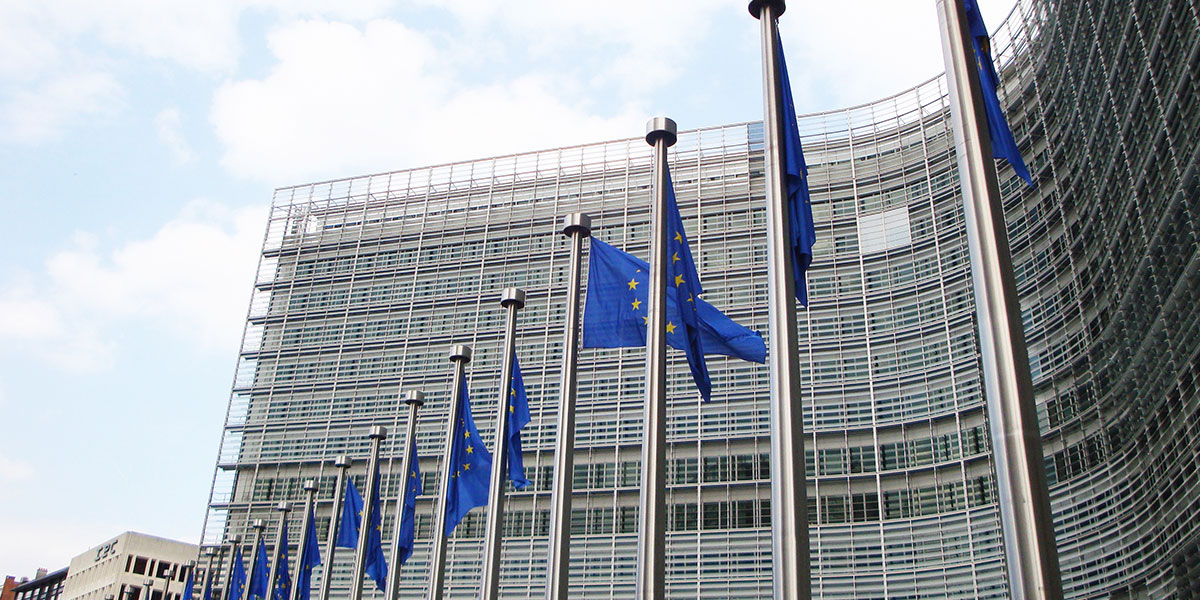
On 18 December negotiators from the European Commission, the European Parliament and the Council reached an overnight compromise deal on the last pieces of the Clean Energy Package.
The Electricity Market Design package comprises the Electricity Directive and Electricity Regulation, and will help make it easier and cheaper to integrate higher shares of renewables. The reaching of a deal concluded a 6 month-long process, during which WindEurope managed to successfully push through most of the wind industry priorities. The main points of note are as follows:
- Priority dispatch will continue to apply for existing renewables installations;
- For new renewables installations, however, fair and transparent rules on curtailment will replace priority despatch. These will include compensation for lost revenues where re-dispatch is not market-based;
- TSOs will have to report on all re-dispatch actions. They will also have to follow recommendations from energy regulators on how to make re-dispatching more efficient and avoid the curtailment of renewables. This will help give transparency on any ‘must-run obligation’ agreements with conventional power plants that are crowding out renewables from the grid.
The final negotiations focused on three contentious issues.
Firstly, the need for an emissions performance standard for plants committed in capacity mechanisms. Installations emitting more than 550g CO2 / kWh will not receive capacity payments. For new plants, this standard will apply once the Regulation enters into force; for existing plants, this standard will apply from 2025 onwards. There is an exemption for all plants that obtain their capacity contract over the coming year. This puts a backstop limit to public subsidies for Europe’s most polluting plants. It also ultimately helps tackle today’s overcapacity of power generation, which currently depresses power prices.
The second issue concerned the minimum availability threshold for interconnectors. TSOs will now guarantee that at least 70% of critical network elements to cross-border trade are made available to market participants. This will take network contingencies, reliability margins and loop flows into account. If this threshold cannot be met, concerned Member States or – as a last resort – the European Commission may decide to change the configuration of bidding zones. This will help both restore wind market value where penetration is high and help smooth out production swings across larger geographical areas.
Finally, negotiators reached a deal on the progressive phase-out of regulated prices. Member States can still apply regulated tariffs to protect energy-poor consumers, provided they submit regular progress reports about actions taken towards their progressive phase-out. The European Commission will submit an overall progress report by 2025 that may include a proposal to definitively phase out regulated prices. Alongside a new framework for demand response aggregators, this represents a necessary step to incentivise consumers to shift their consumption at times when the grid is not overloaded.
Membership services
Check out our revamped Members’ Area and online Members’ Directory
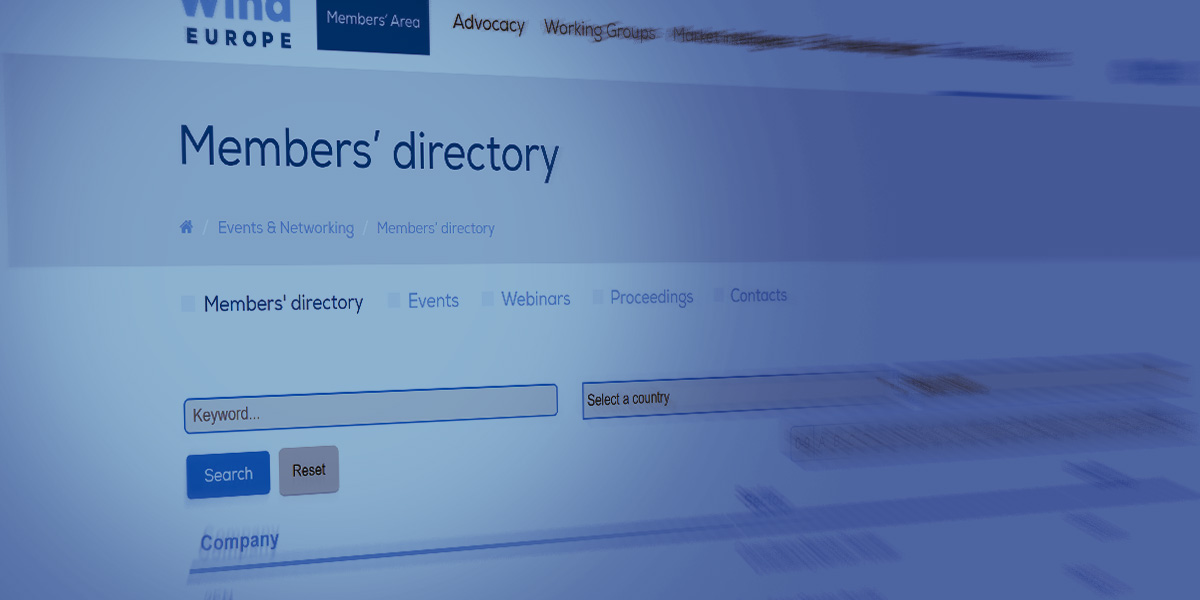
Start off 2019 by visiting our updated Members’ Area and online Members’ Directory.
Our revamped Members’ Area provides an overview of WindEurope’s services for members and upcoming activities. This resource allows you to access interactive market intelligence tools and reports and also displays information on our Working Groups, including meeting minutes and presentations. The Members’ Area is regularly updated with our latest webinar recordings and conference proceedings. It’s easy to access – you just need to create a login with your professional email address by clicking here.
As well as this, our online public Members’ Directory displays information on 400+ WindEurope members’ organisations, with advanced search functions and filters. It is a great tool to profile your organisation in the wind energy industry.You can also access the online Members’ Directory through the Members’ Area and find individual contact details for each member organisation.
Want to learn more? Contact us today
Members’ News
WindEurope launches new Working Group on Electrification
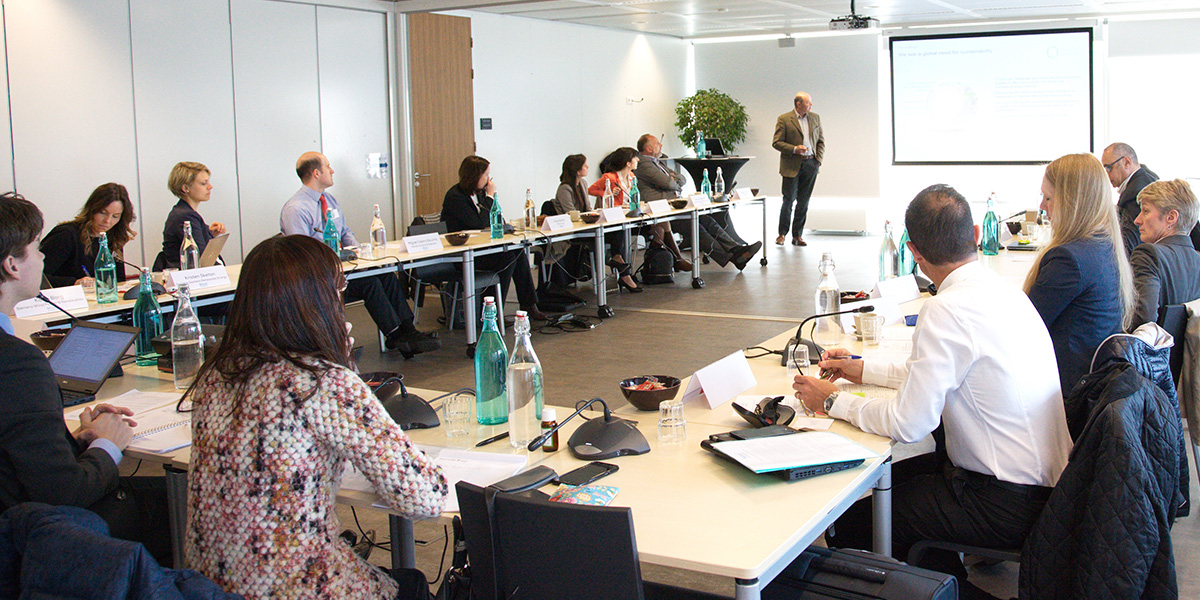
Working Group will focus on electrification as the best way to both decarbonise and grow Europe’s economy.
While the EU has successfully increased the shares of renewable energy into the power system (34% in 2017), major work needs to be done if we are to comply with the Paris agreement and keep temperature rises to well below 2° C. Unfortunately, the EU’s newly-agreed renewable energy and energy efficiency 2030 targets will only allow for a 60% cut in emissions by 2050 (compared to 1990 levels). This will not be enough to comply with the Paris agreement.
This is where electrification comes in. To reach full carbon neutrality, the EU needs to accelerate the deployment of renewables into the power sector while increasing the share of electricity in the EU’s final energy consumption from today’s 24% to 62% in 2050. This represents the best way to decarbonise and grow Europe’s economy. It will also help reduce EU dependence on imported fossil fuels and provide flexibility beyond the power system. The latter will facilitate the swift and cost-efficient integration of larger shares of variable wind energy into the grid.
Based on existing positions (outlined in, among others: Renewable Power for All and Breaking New Ground), our Working Group on Electrification will promote a smart, efficient and renewables-based electrification (direct and indirect) in other sectors by:
- Reviewing legislation at national and European level that can accelerate its advancement;
- Identifying innovative business models that couple wind energy and electric or Power-to-X applications (e.g. electrolyser, EVs, heat pumps, district heating and cooling networks etc.);
- Promoting policies for decarbonising the most energy and carbon-intensive industrial sectors;
- Developing positions that support WindEurope advocacy.
New WindEurope Task Force on Digitalisation to hold first meeting this month
Thursday, 24 January, will mark the kick-off meeting of WindEurope’s newest Task Force, which is dedicated to the topic of Digitalisation.
Composed of WindEurope members – including OEMs, wind farms developers, operators and technology providers – the Digitalisation Task Force will be a platform for the industry to discuss the challenges, practices, barriers, and opportunities for innovation promised by the digital revolution. The Task Force will be chaired by Alfonso Faubel, President Europe & Chief Revenue Officer for Energy at Sentient Science.
The Digitalisation Task Force will support WindEurope and its members in both identifying and analysing specific business benefits of digitalisation for the wind industry. Focusing on both the onshore and offshore supply chain, the Task Force will examine the potential of digitalisation for OPEX/CAPEX cost reduction, optimisation of human resources, the unlocking of new revenue streams, and more. The Task Force will also develop policy recommendations for existing or underexplored topics such as cyber security and data sharing.
The Task Force on Digitalisation will have its first meeting on 24 January. Want to find out more?
EDP Renewables and Shell New Energies win Massachusetts offshore auction, with space to construct 1.6 GW approx. of turbines
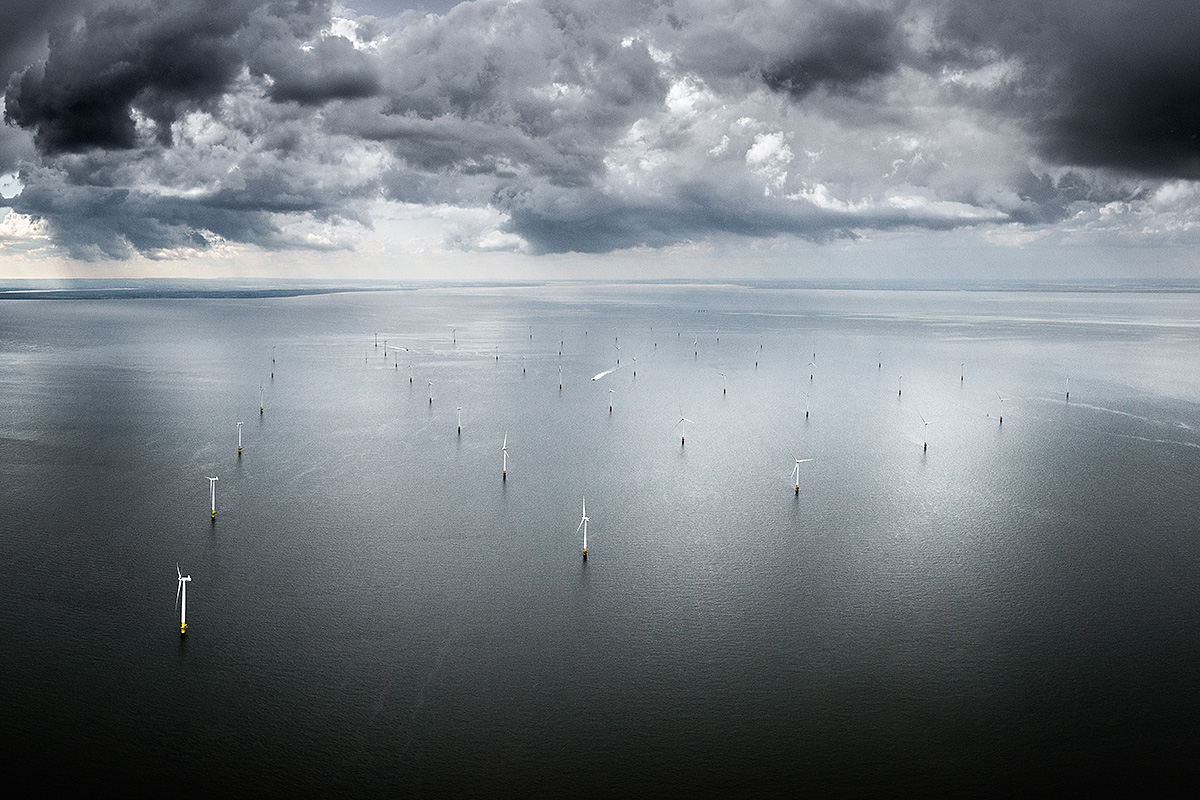
Mayflower, a joint venture between EDPR Offshore North America LLC (EDPR) and Shell New Energies US LLC (Shell), was the provisional winner of block 0521 in December’s offshore wind auction hosted by the Bureau of Ocean Energy Management (BOEM).
Mayflower bid $135 million for the exclusive rights to develop the federal commercial wind energy lease on the Outer Continental Shelf (OCS) located off the coast of Massachusetts. Once constructed, the lease area could accommodate a total generation capacity of approximately 1.6 GW, enough to power more than 680,000 average Massachusetts homes with clean electricity each year.
“Mayflower’s entry into US offshore wind is exciting and will leverage Shell and EDPR’s years of combined wind development and offshore experience,” said John Hartnett, Director, Mayflower. “We commend BOEM on a successful bid round and look forward to working with local groups and communities to realize this opportunity.”
A growing population and rising living standards alongside the need for a reduction in greenhouse-gas emissions will require changes to the energy system. Given this changing energy landscape, Shell is seeking commercial opportunities to expand its existing electricity generation from renewable power, including offshore wind, with the aim of providing customers with more and cleaner energy.
This announcement enables EDPR to increase its growth options in the attractive offshore wind market, thereby enhancing and diversifying the company’s long-term profitable growth options while maintaining a balanced risk profile.
Mayflower will begin working to complete a site assessment plan and initiate formal development efforts on the site, and subject to a positive final investment decision, could bring the wind farm into operation by the mid-2020s.
Events
WindEurope 2019 Conference & Exhibition: Programme goes live and registrations open next week

Join Event Ambassadors Iberdrola, Siemens Gamesa Renewable Energy and TPI for WindEurope’s annual conference and exhibition, taking place in Bilbao this April.
With the right policies and vision in place, wind energy can breathe life into the sort of future people want. That’s why, in advance of the European elections, Europe’s most important on- and offshore wind energy event will be gathering in Spain.
Spain is a clear example of how, with the right policy and vision in place, wind energy can deliver power to people. Spain’s vibrant supply chain already employs 22,000 people, and this is set to grow: more than 4 GW of onshore wind are planned by 2020, Spain is making new forays into offshore wind (including floating), and the government plans to build 2.5 GW wind a year up to 2030.
At the WindEurope 2019 Conference and Exhibition, we will be focusing on the benefits wind energy brings to people on a local, regional and national level.
Registrations for this event will open once programme for this event goes live next week.
Join more than 8,000 delegates to learn, network and shape the vision for the future you want.
PLEASE NOTE: Almost 70% of the exhibition space has already been sold.
SAVE THE DATE: Upcoming WindEurope webinars
Make sure to join us for the following webinars in February:
Webinar on Offshore Wind in Energy in Europe 2018: Trends and statistics

When: 11 February, 15.00
WindEurope analysts will discuss the latest developments within the European offshore wind industry, outlining key installations in offshore wind farms, supply chain activity and investment trends. This will be followed by a Q&A session for participants.
Webinar on Wind in Energy in Europe 2018: Trends and statistics

When: 26 February, 15.00
WindEurope analysts will discuss the latest developments within the European wind industry, outlining key installation, technology trends and electricity generation highlights. This will be followed by a Q&A session for participants.
Call for abstracts extended for Resource Assessment 2019
Submit your abstract for the 5th Edition of our Resource Assessment Technology Workshop.
Deadline for submissions: Friday 11 January 2019.
Selected authors will be notified by mid-February.
The Resource Assessment Workshop will focus on the following main topics:
Topic 1: reducing uncertainty in data analysis and processing
- Uncertainty quantification – in individual WRA steps and propagation of uncertainties through the workflow;
- Time series modelling. What stops us from wider implementation of time series calculations as opposed to frequency based?
Topic 2: reducing uncertainty in measurements using LiDARs
- LiDAR and site suitability? TI measurements with LIDARs.
- Shear adjustment for measurements campaigns including short masts and LIDARs?
- Acceptance, validation, correction strategies.
- Do we need to calibrate LiDARs against masts?
- Applications of scanning LiDARs: how can the wind industry best benefit from this technology?
Topic 3: improving simulations and modelling with regards to levels of uncertainty
- How to set a modelling hierarchy based on Uncertainty Quantification?
Topic 4: forecasting
- What are the barriers to improving the accuracy of forecasts?
- Do upwind wind speed measurements improve accuracy?
- For power trading we need to know the demand, where is the industry?
Topic 5: wakes
- Can wake steering improve production?
- Do we need to include blockage effects due to closely spaced turbines?
- Are turbines with large rotors on short towers underperforming?
WindEurope End of life Strategies Workshop, September 2019: Invitation to join programme committee
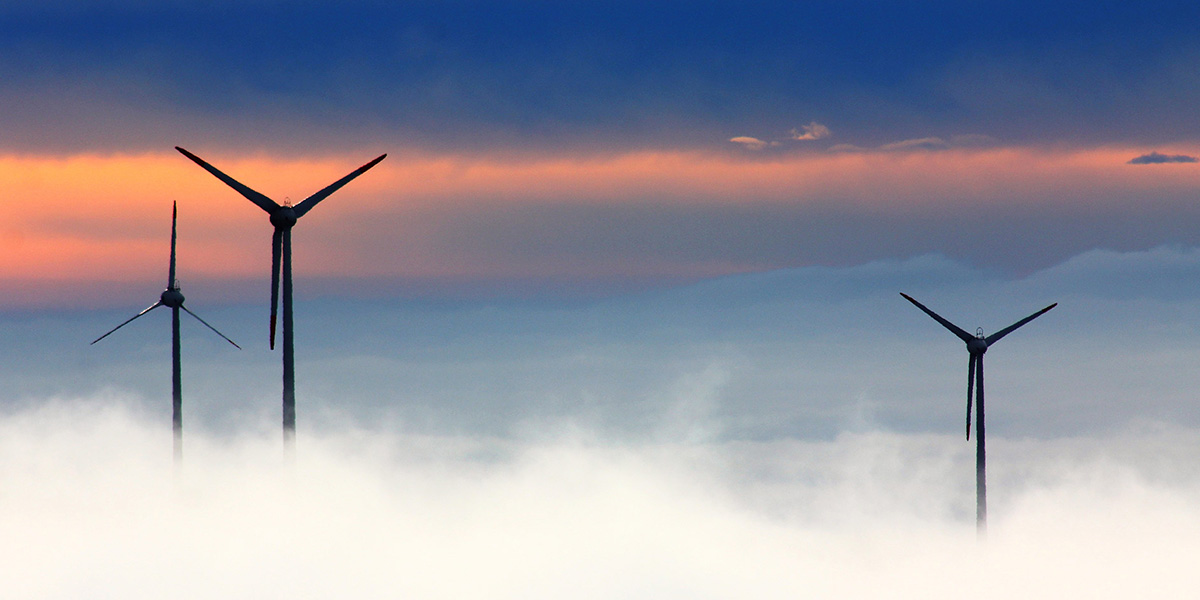
When: 5 September 2019
This year we will focus on business cases on repowering and life-time extension of assets.
Do you want to be involved in the programme committee to shape the content and format of the workshop?
What we’re reading
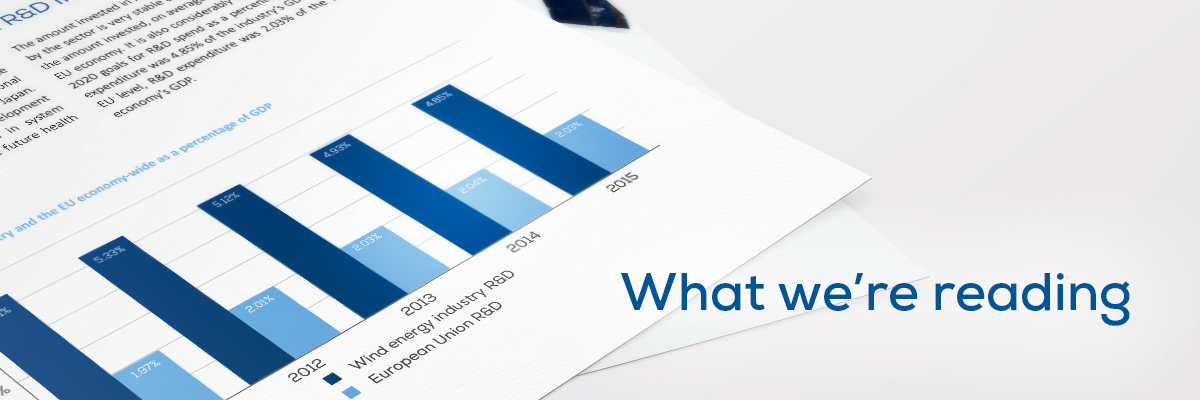
In this new section of the WindEurope Bulletin, we share some of the key wind energy publications of the past month.
- 10 Trends Reshaping Climate and Energy, EPSC
- Europe’s electricity market design: 2030 and beyond, CERRE
- Renewables made 33% of UK power generation in 2018, Carbon Brief
- Renewables overtake coal as Germany’s main energy source, Reuters
- Regulatory Indicators for Sustainable Energy (RISE): Policy Matters, The World Bank

